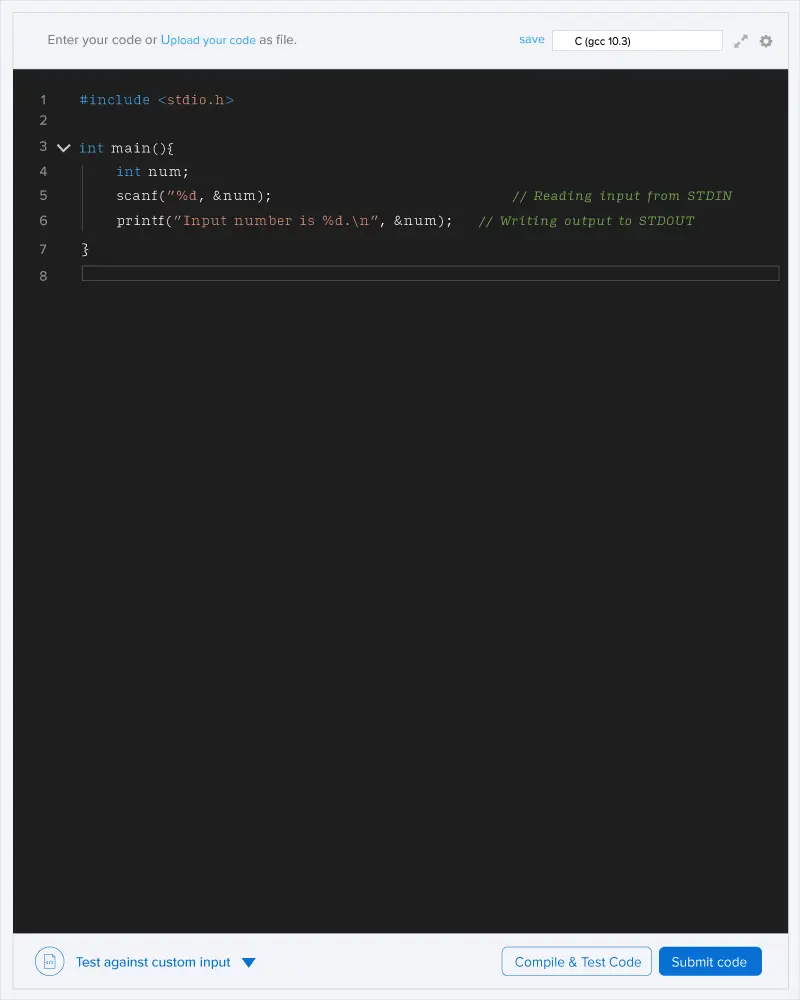Let's define the matching number for two arrays X and Y, each with size n, as the number of pairs of indices (i,j) such that Xi=Yj (1≤i,j≤n).
You are given an integer K and two arrays A and B with sizes N and M respectively. Find the number of ways to pick two subarrays with equal size, one from array A and the other from array B, such that the matching number for these two subarrays is ≥K.
Note: a subarray consists of one or more consecutive elements of an array.
Constraints
-
1≤N,M≤2,000
-
1≤Ai≤1,000,000,000 for each valid i
-
1≤Bi≤1,000,000,000 for each valid i
-
1≤K≤NM
Input format
The first line of the input contains three space-separated integers N, M and K.
The second line contains N space-separated integers A1,…,AN.
The third line contains M space-separated integers B1,…,BM.
Output Format
Print a single line containing one number denoting the number of ways to choose the pair of subarrays.
The following pairs of subarrays have matching number ≥1: ([1], [1]), ([2], [2]), ([3], [3]), ([1, 2], [1, 2]), ([1, 2], [2, 3]), ([2, 3], [1, 2]), ([2, 3], [2, 3]), ([1, 2, 3], [1, 2, 3]).

